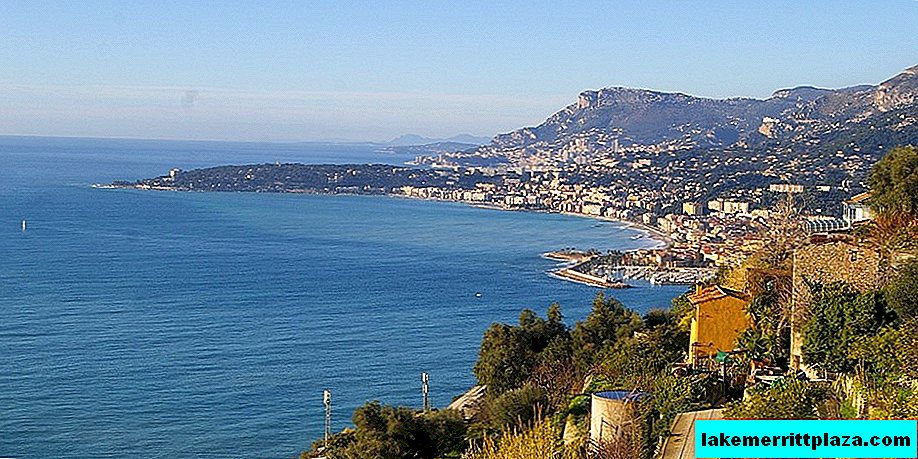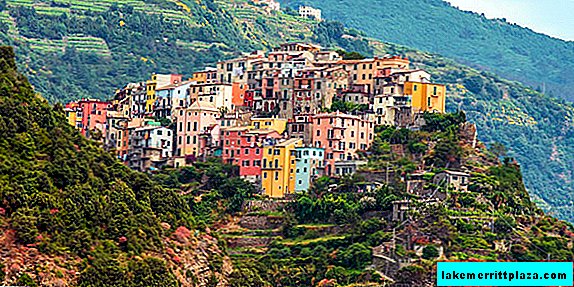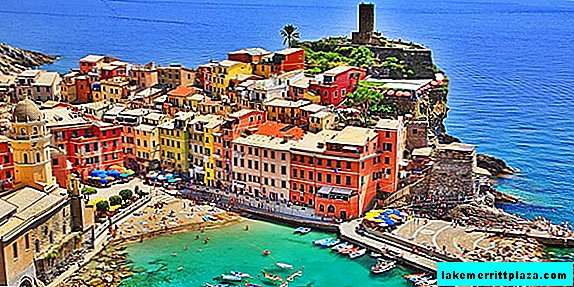Since the 2nd century AD near Naples, a complex of underground labyrinths was formed - the catacombs of San Gaudioso, San Gennaro and San Severo, which you can look at today. At the dawn of Christianity, believers were persecuted by the rulers of the Roman Empire. Adherents of the new faith were forced to go into the dungeon, where they had the opportunity to build temples, conduct church rites and bury their co-religionists.
Catacombs of San Gennaro (Catacombe di San Gennaro)

The oldest burial place in Naples is San Gennaro. They began to form in the 2nd century AD, and got their present name in the 4th century, when the holy martyr Yanuari was buried in one of the niches of the dungeon. The catacombs continued to expand until the 5th century; according to their purpose, they were exploited until the 9th century. The burial place consists of two levels - upper and lower.
Lower level
The lower level of the catacombs of San Gennaro greets visitors with ancient paintings on the arches of the ceiling. They did not reach us in the best possible way, but you can see the drawing of Adam and Eve, the pagan goddess Victoria, Goliath and David. Three galleries lead from the entrance; the widest - the central part - is accessible for inspection. There are several mosaics depicting peacocks, which was considered a symbol of immortality, and the vine. Many mosaics have suffered from the passage of time and may be under restoration.
On the right side of the entrance you can see the place of ancient baptism - the baptistery. Outwardly, this place looks like a sandbox, in front of which there is a niche with the bishop's throne. Also on the right is a small underground church, where the tomb of another saint is stored - Agrippina.
Upper level
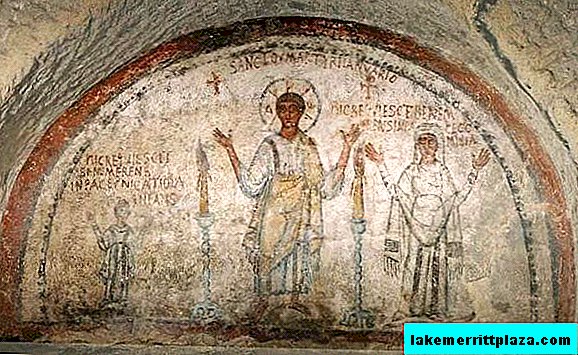
On the upper "floor" of the San Gennaro graves between the two levels was the tomb of Januaria. Scientists suggest that the city bishops from V to IX centuries, were buried precisely in these catacombs. In the Middle Ages, a crypt of bishops was created, where many clergymen also rested. Gradually, the upper level of the dungeons of St. Januarius turned into an underground church.
How to get there
The nearest metro station to the catacombs is Materdei, exit onto Materdei, then turn onto Amadeo di Savoia and go to Tondo di Capodimonte.
- Working hours: Mon-Sat from 10.00 to 17.00, excursions - every hour. Sunday - from 10.00 to 1 night.
- Cost combined adult ticket, for visiting San Gennaro and San Gaudioso - 8 euros, and children - 5 euros; Free admission - for disabled people and children under 6 years old;
- Address: Via Tondo di Capodimonte, 13, next to the Basilica of the Incoronata Madre del Buon Consiglio.
- Site: www.catacombedinapoli.it
Catacombs of San Gaudioso (Catacombe di San Gaudioso)
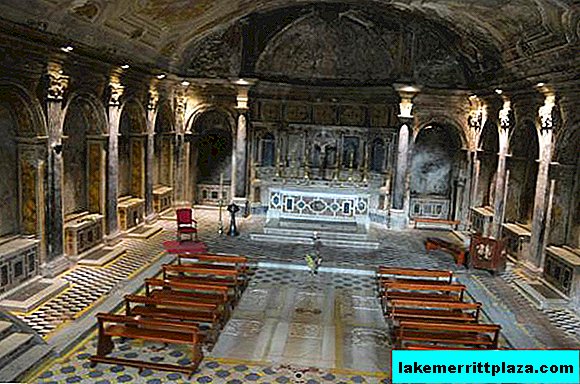
The catacombs of San Gaudioso are located in the northern part of the city. They are named after St. Gaudioso (Gaudience), who made a great contribution to the development of Naples. The underground labyrinth began to be erected in the IV-V century and until the XVII century was used as a Christian cemetery. By the 17th century, the dungeons were expanded by the Dominican Order.
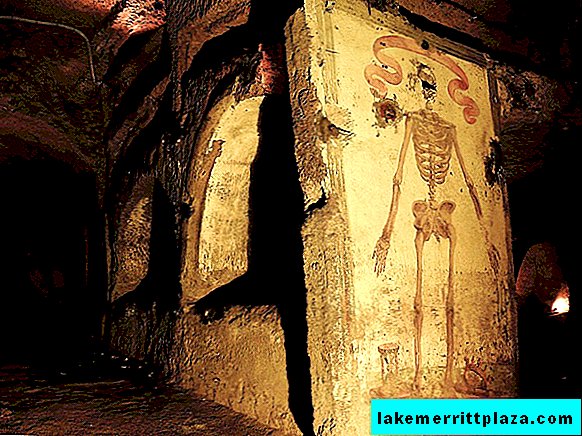
In the new rooms, the Dominicans organized an outpatient clinic where the bodies of the buried were placed in special niches in an upright position. On the septum covering the body, they applied the name, rank and wrote an epitaph. Until now, the remains of the outpatient department, which are guarded by a special guard, have been preserved in the catacombs. The entrance to the catacombs is disguised under the incredibly high altar of the Basilica of Santa Maria della Sanita.
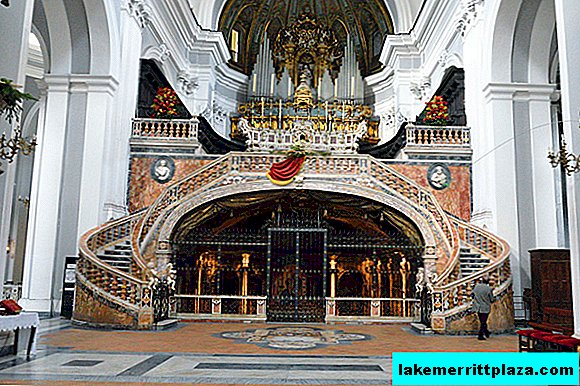
At the entrance, tourists will see several corridors with small branches. Horizontal niches will be visible along the walls - these are places for individual burials. Revered people were buried in small rooms with an arched vault (arkosolii). On the arches of arches you can see frescoes of the 5th-6th centuries and preserved mosaics.
Description
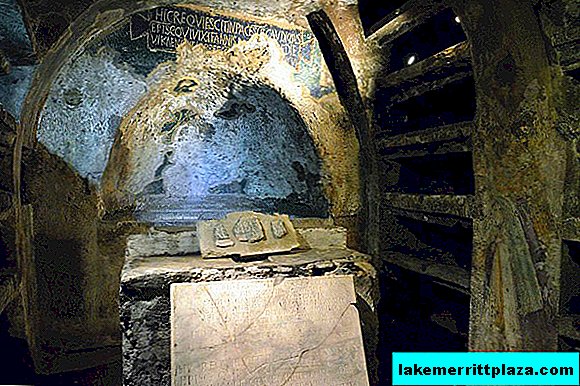
In the catacombs is located the tomb of St. Gaudioso. At one time, the saint was buried in a separate, mosaic, archosolia. Later, his relics were transferred to the sarcophagus, which was used as an altar. Until today, the inscription on the sarcophagus, containing the date of death and the name of the deceased, has been preserved in good condition. The mosaic of the archosolia is damaged, only individual fragments can be considered.

One of the well-preserved niches is the arkosol of St. Nostrian. On the mosaic, you can see a drawing in the form of a radiant cross. A fresco with the image of Christ and several evangelists, which are depicted in the images of animals and birds, is visible on the ceiling of the niche. Also in the graves of Gaudioso you can see the niche of St. Sozius, decorated with frescoes depicting the saint and the martyr Stephanie.
How to get there
At the Materdei metro station, exit onto Via Materdei and go straight on to Santa Teresa degli Scalzi. Climb up Santa Teresa degli Scalzi to Capodimonte Square. Next, take the Ascensore Sanita elevator to the basilica.
- Opening hours: Mon-Sat from 10.00 to 01:00 at night, excursions are held every hour.
- Address: Piazza Sanita, 14, Basilica of Santa Maria della Sanità.
Catacombe San Severo

The catacombs of San Severo are located near the graves of San Gaudioso. They were laid in the V century, and got their name in honor of Bishop Severo. The funerary was poorly preserved, in the dungeon you can see a cubic with three niches. Catacomb frescoes are considered the best example of a national painting of underground burials. In the surviving images, experts identified St. Petra, St. Januaria, St. Paul and St. North. In the Middle Ages, after the frequent looting of the catacombs, the remains of the bishop were moved from San Severo to the Basilica of San Giorgio Maggiore (San Giorgio Maggiore).
How to get there
The catacombs of San Severo are next to the funeral of St. Gaudioso
- Address: Piazzetta San Severo a Capodimonte, 81,
- Working hours: Mon-Sat 10.00 to 13.00, excursions are held every hour.
- Entrance Cost: is free





